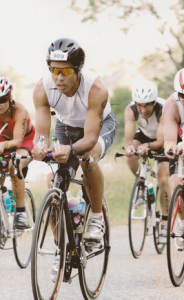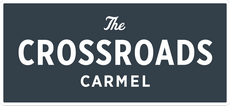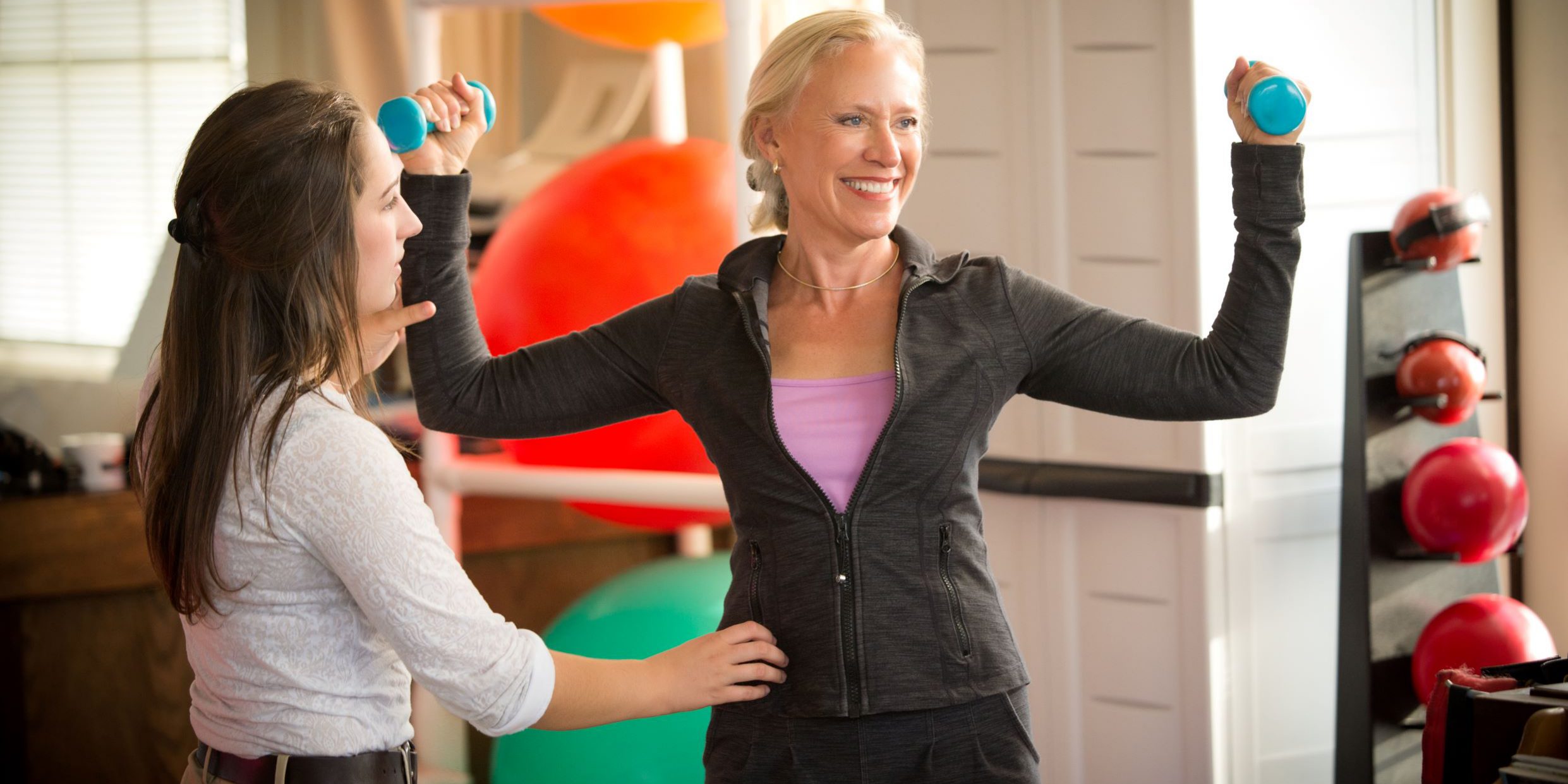How to Set Realistic Health and Fitness Goals
Setting challenging but realistic fitness goals is an amazing way to achieve the outcomes you desire for your health.
Studies show that goal-setting increases the likelihood that you’ll hit the target. It also can add more purpose and intrinsic motivation to your life, both of which can make each day more happy and fulfilling.
The only problem is, not everyone knows how to set a realistic goal. In fact, some people don’t even know where to start.
In this article, we’ll show you how to set realistic health outcomes no matter where your current fitness level is.
Assess Your Starting Point
The old saying “honesty is the best policy” definitely applies when setting manageable fitness goals. It may seem like a hard thing to do at first, but honestly assessing where you’re starting from is the key to getting started.
What is your current fitness level like? How active are you? Are you at a healthy weight, or would you like to lose some body fat?
Answering these questions will help you come up with a suitable plan. For example, if you haven’t been working out for several years, jumping right into a program that involves five days of exercise per week might be extreme.
Conversely, if your baseline fitness is already good, you might need to increase the intensity to get results.
Whether you take a moment to write out where you are now, weigh yourself and take measurables, start here. Do what feels comfortable for you.
Don Imamura of Functional Integrated Training recommends setting realistic and attainable short and long term goals. “If one of your goals is to be able to run a 10K, set a short term goal of running 2 times per week for 2 weeks. After you accomplish that, progress to running 3 times per week. When we are able to achieve our short term goals, the added motivation, and feeling of success will allow us to stay focused and committed to our long term goal.”

Don Imamura of Functional Integrated Training
Set a Weekly Exercise Goal
How many days per week do you want to exercise? For how long, and where?? And what type of exercise will you do?
The best types of exercise for weight loss include running, cycling, lifting weights, high-intensity interval training, swimming, and yoga.
However, there’s a caveat to that statement.
Truly, the best type of exercise is whatever program or routine you think you can reasonably stick with. Without consistency, you will struggle to turn fitness into a habit for yourself, which will limit the results you can get.
Your weekly exercise goal can be very simple. Even walking is an underrated way to burn calories and fat and get your heart rate up. If you’re not sure where to start, aim for three 30-minute walks per week.
Talking to a personal trainer might also be a good way to determine what your goals should look like.
Set a Weekly Nutrition Goal
Nutrition is just as important for achieving any fitness goal as exercise is. Next, take some time to decide how you’d like to eat over the course of a week.
Ask yourself questions like:
- Will I follow a diet or just try to stay healthy?
- Which types of foods will I reduce from my diet?
- Will I count calories or simply watch what I eat?
Diet is a very personal thing. What works for one person may absolutely not work for another. Currently, low-carb diets like the ketogenic and paleo diet are quite popular. But you should do what works for you.
Here’s a little pro tip: A little coffee can be a good way to treat yourself and still promote your goals. Caffeine is a natural thermogenic, meaning it elevates your metabolism and helps you burn a few more calories.
Regardless of what you eat, Marcy Curry of Carmel Pilates & Personal Training reminds everyone to chew their food. “Don’t gobble, but appreciate and chew each bite slowly. You will be amazed at how quickly you feel full.”

Marcy Curry of Carmel Pilates & Personal Training
Decide How Long You’ll Stick To It
An important part of any realistic fitness goal is determining when it will end. People are far more resilient and stay committed to things longer when they know how long they have to endure.
Another important part of any plan is to write it down. “Decide what you’re going to do ahead of time and commit to it by making a plan and writing it down,” says Marcy Curry of Carmel Pilates & Personal Training.
Many well-respected studies say 8 to 12 weeks is a good time frame to set health goals. This is enough time to achieve tangible results like weight loss or muscle gain without it feeling like too much.
Alternatively, if your goal is to simply make health and fitness a part of your lifestyle, there may not be an “end.” In that case, take some time to think about how you’d like to build in lighter days to treat and reward yourself along the way. Remember, sustainability (and writing down your goals) is key.
Design a Program with Flexibility
On that note, take some time to think about what you’re giving up and what you still want to be able to do even with your fitness goals.
Do you have a sweet tooth? Do you like a glass of wine or enjoy stuffing yourself with delicious barbecue? Whatever it is that you like is great! Find a way to build these enjoyable outings into your routine. Some people like to do cheat days, while others prefer to simply follow their plan most of the time and deviate when the time feels right.
When deciding what physical activities to plan, use the diverse Monterey area to your advantage. “We live in a beautiful area where we can be outside and active all year long, “ says Don Imamura of Functional Integrated Training. “The hiking trails, cycling routes, golf courses, and tennis facilities all offer the opportunity to be active while also maintaining proper socially distanced spacing.”
Don’t Beat Yourself Up!
Part of setting realistic health goals is knowing how to fall short but not give up altogether. We’re all human, and so it’s reasonable to assume that at some point, things won’t go as you planned.
Maybe you’ll miss an entire week of working out due to something unexpected happening at work. Or you’ll forget to meal prep and fall off your diet. Whatever it is, have contingency plans in place to not let this “defeat” your efforts completely.
Remember that you are always one choice away from making the right choice. All of us fall down, but getting back up is what matters most.
Setting Realistic Fitness Goals
Setting realistic fitness goals comes down to determining what you want, then creating a sustainable plan to get there. Health, fitness, and overall vitality are all positive things and shouldn’t feel like a burden or hindrance to living a good life. Remember to work hard, but don’t forget to enjoy yourself, either!
Check out all of The Crossroad Carmel’s health and fitness services and see what’s right for you!

